These are strange times we’re living in during the COVID-19 pandemic, and the prescribed safety precautions fly in the face of healthy puppy socialization (and human socialization, for that matter!). Even during these trying times, it’s critical to do everything possible to prevent problems from arising later in life due to a socialization deficit in puppyhood.
Remember, if you are in isolation or quarantine you must put public safety ahead of socializing your pup – if you find yourself in this position, do only the indoor activities. While there’s not evidence that dogs can be infected with this virus, it is possible for a dog to carry the virus on her coat and transmit it to another person – the same way shared surfaces like door knobs can be contaminated.
During this age of “social distancing” the foundations of socialization still apply:
- start young (no, really, you can’t wait until this is over!)
- let your pup’s curiosity propel her to explore a wide variety of novel circumstances
- avoid putting your pup in a fear- or frustration-provoking situation
Let’s look at a few ways to socialize your puppy without contributing to the spread of this virus:
Social Distancing Has Always Been an Important Lesson
“Look-Don’t-Touch” has always been the most over-looked socialization activity for pups. With their owner’s emphasis on constant greetings, many pups never learn that they can let the world go by unaccosted. And don’t you want that for your adult dog?
Take your puppy to public places and practise “social distancing” to the benefit of your puppy. With treats at the ready, every time your pup glances toward a person or dog, simply encourage your pup away and feed a treat or two.
A Variety of People – When You Have No People!
Socialization to people is covered in the point above – your puppy doesn’t have to make physical contact with someone in order for socialization to take place.
As a stand in for strangers at your door and entering your home, try playing dress-up. Wear unusual clothing and accessories, change your mannerisms, use crutches or a cane, and knock at your own front door while wearing this get-up. When options are limited, be inventive!
There’s Always More To Know About Puppies
Many people think that the primary value of a puppy class is in the play time, and this simply isn’t true. Join a virtual puppy class and learn what there is to know about raising a behaviourally healthy puppy, which goes far beyond just interactions between dogs. There’s way more to it than you might think!
(Join our Live, Virtual Life Skills Program and get access to our Puppy Package!)
Sounds
Exposure to different noises is critical for pups, and it takes more effort to find novel sounds when social distancing measures are in place! Be sure that noises aren’t actually frightening for your puppy – if it is, turn down the volume or find a similar but less concerning noise.
The best place to start is a sound CD (check online sources) or an app like Sound Proof Puppy Training (check your app store). This gives you access to a variety of noises at your finger tips. Play it on a quality speaker system if you have one available.
Recorded noises can’t always take the place of “real life” sounds, simply due to the difference in the quality of the noise, so find sources of novel sounds in your house. That could be a kids toy that makes a weird noise, or even knocking items over (do this at a distance for your pup so you don’t startle her). Make the noise first, them provide several tasty treats after!
Confidence Games
Set up small obstacles in your home and yard, and encourage your pup to interact with them. If your pup is hesitant, change the obstacle so her natural curiosity gets the better of her. Provide all sorts of tasty treats either where your pup is comfortable, or right on the obstacles if she’s already feeling brave.
Look around your home for inspiration. Mop buckets, garbage cans on their sides, plywood sheets propped up on bricks, chairs on a line with a blanket draped over them (like a tunnel), stepping over hula hoops and broom handles in a pile on the ground, and more – your imagination is your only limit!
Handling and Vet Prep
It is often taken for granted that a puppy will always accept handling, but in reality many pups grow into problems with being groomed or being accepting of other procedures. It’s important to understand that patting your puppy or clipping nails in a deep sleep is not the same as preparing your puppy for handling procedures! Be sure that all of your touch is done in a way that is welcomed and pleasant, and that you’re not forcing or coercing your pup. Keep a good supply of tasty treats on hand, but be sure to always touch first and feed second – this means that your puppy will think “touching makes good things happen” rather than “food means someone is going to touch me”. Since COVID-19 will limit how many people your pup can physically interact with, have all family members participate – and maybe even do this in disguise, described above!
Variety is Still Key!
Unless you are in quarantine, the most important thing you can do is get your puppy off property. Right now. Today. And tomorrow, and the day after and the day after.
Go somewhere new every day. Walk on a new street. Drive out to walk in an industrial area. Walk down a back alley. Walk near a giant building that echos. Walk where there are honking geese. Walk where there are wildlife smells. Walk where people are passing by, and where there is heavy traffic.
Hang out near a fire station and watch the trucks leave for calls (but keep your distance, this can be scary!). Stand on near a busy intersection. Find statues and big garbage cans and weird items on the street – these items are surprisingly unnerving, so take it slow. Go to a car dealership where they have one of those flailing-armed-air-people waving at the sky!
It’s impossible to over-emphasize the importance of taking your puppy off your property.
Despite that we are literally in the midst of a global pandemic – your puppy’s development waits for no one. Do your best during these tough times to keep the socialization ball in the air, it’s a critical investment in the next 14 years of your and your dog’s lives.
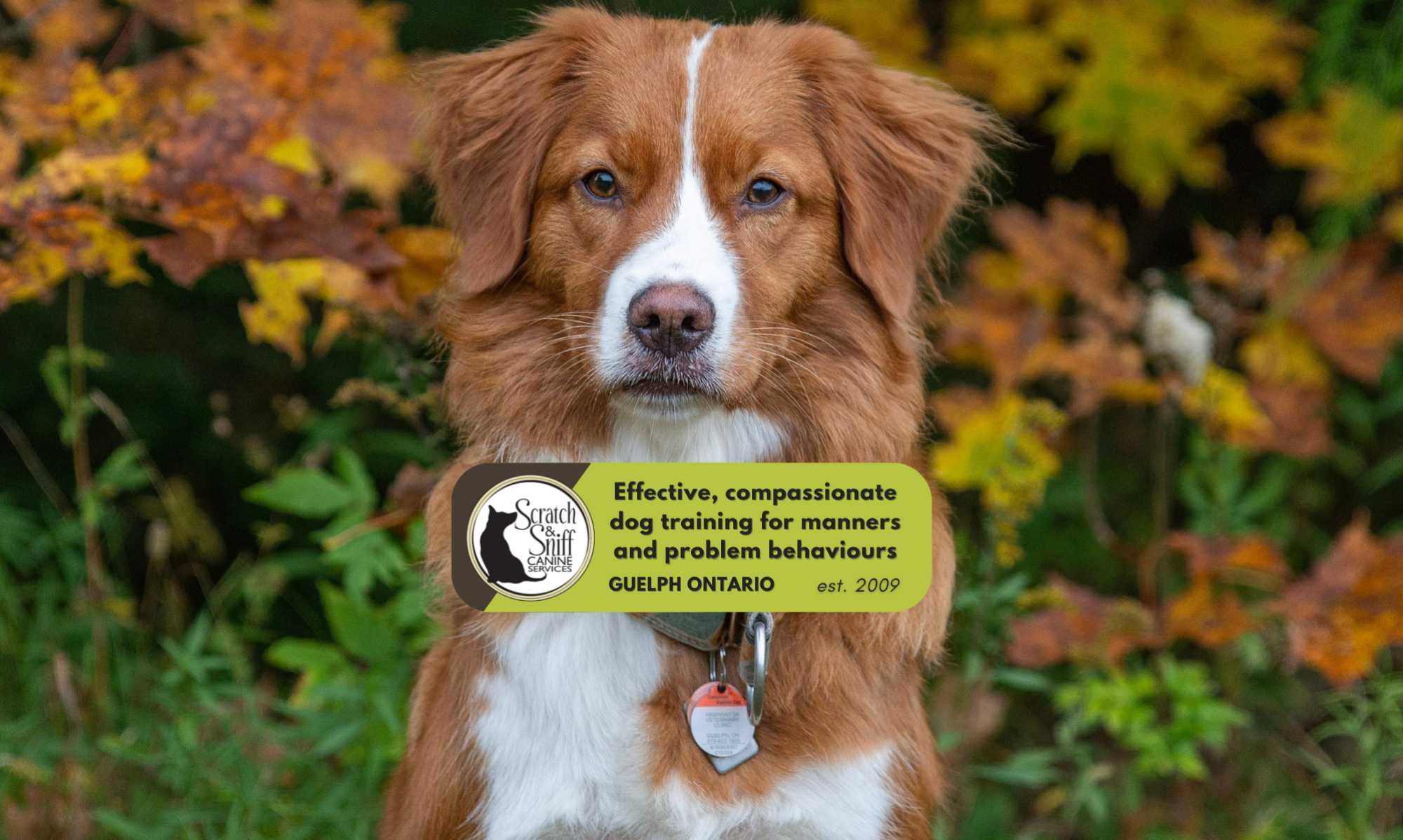
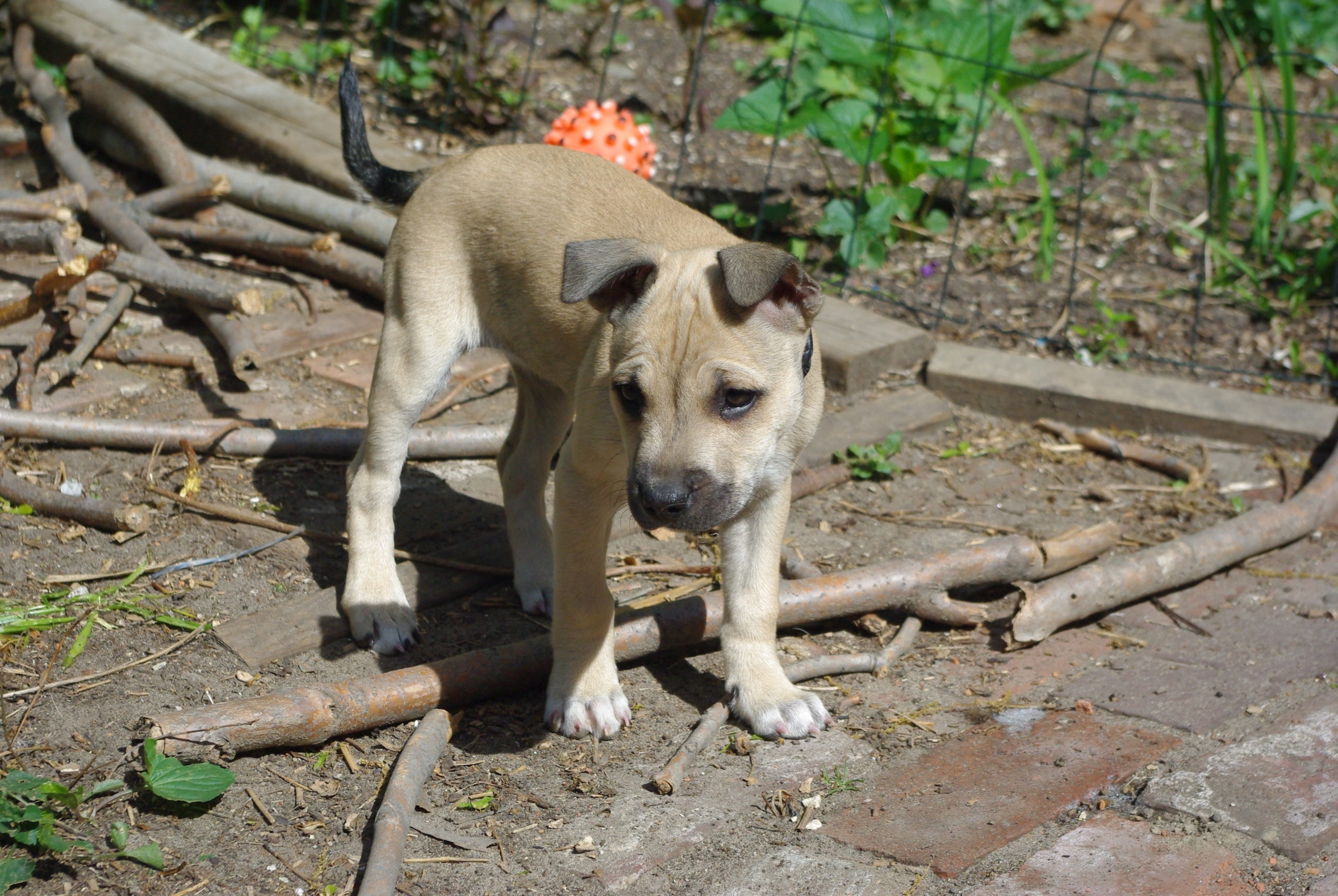
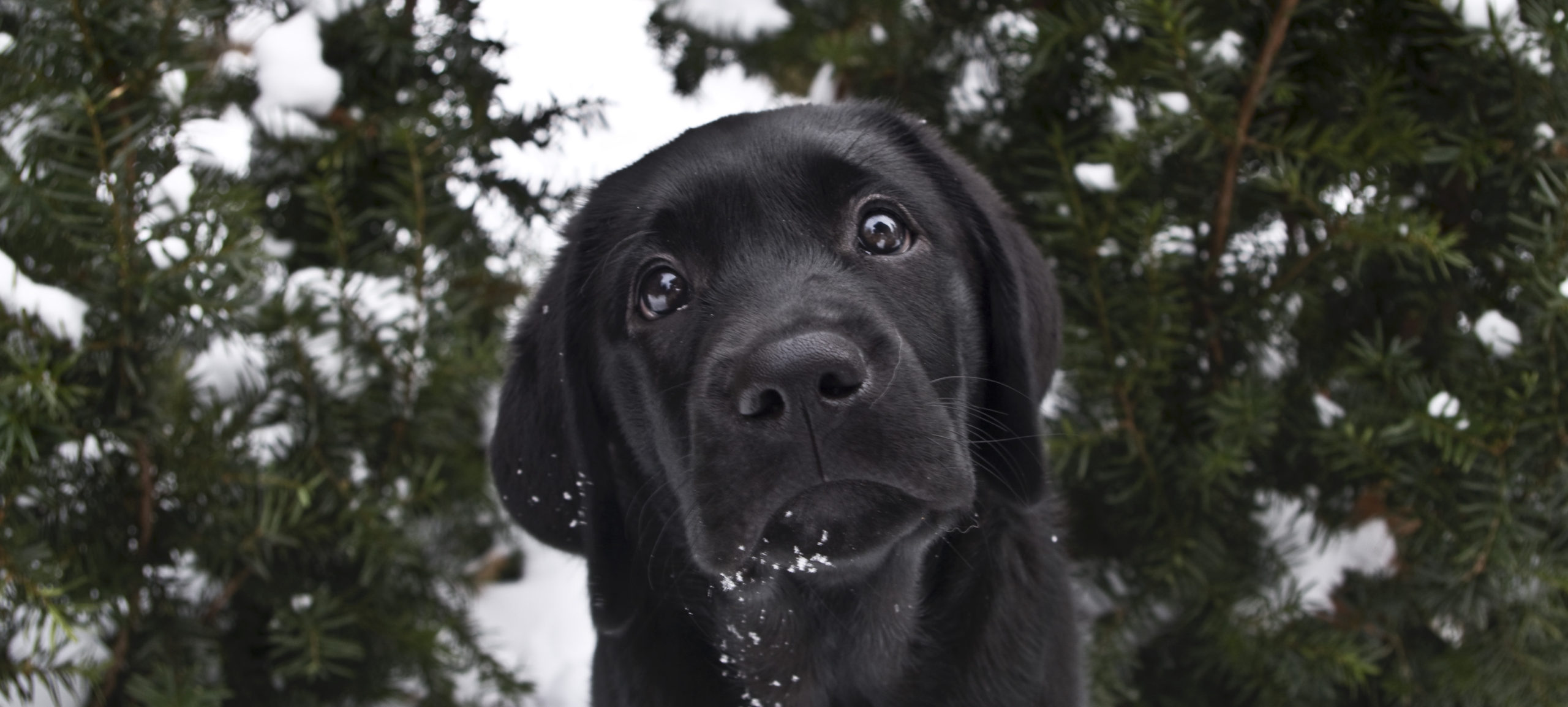
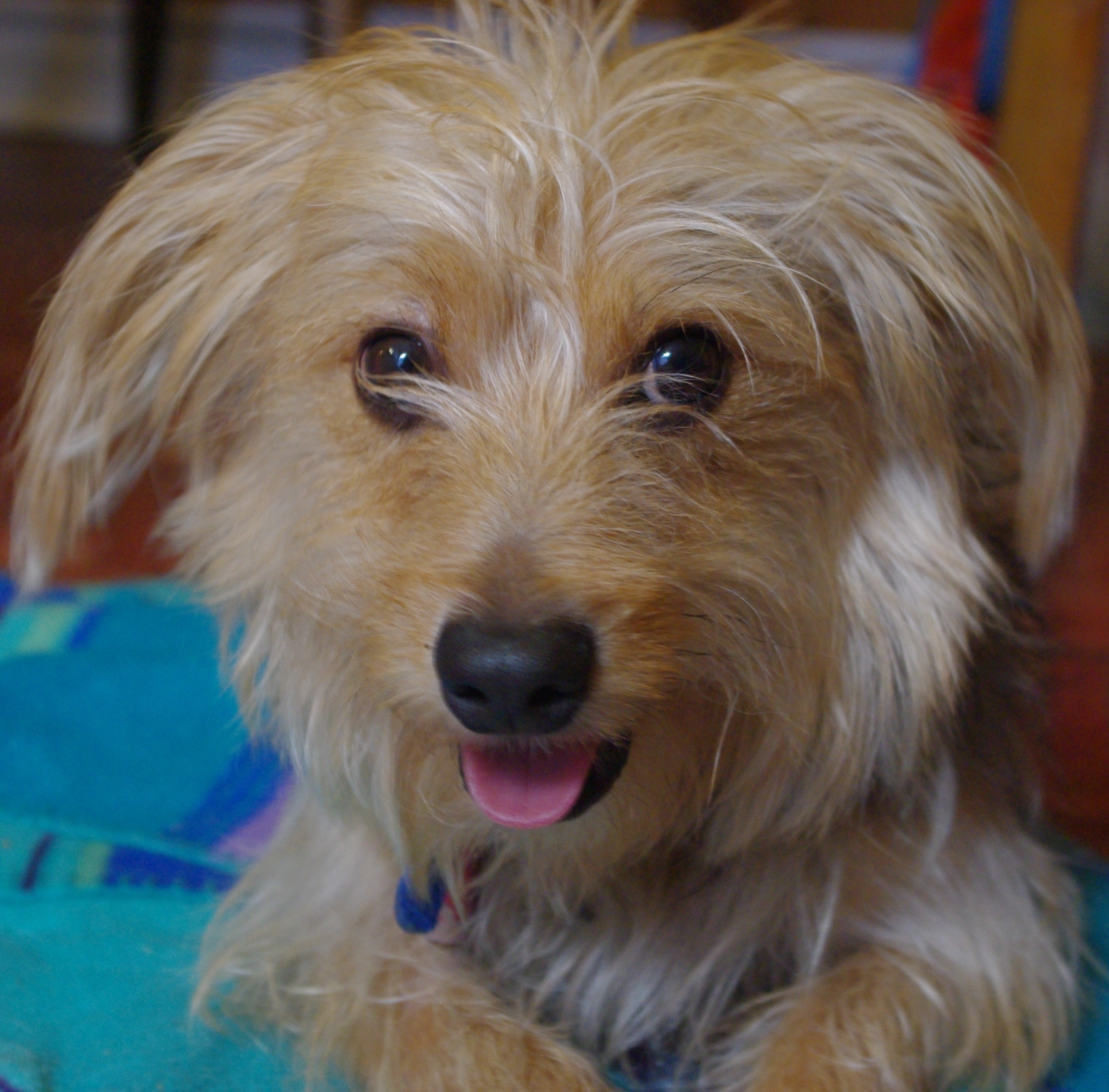
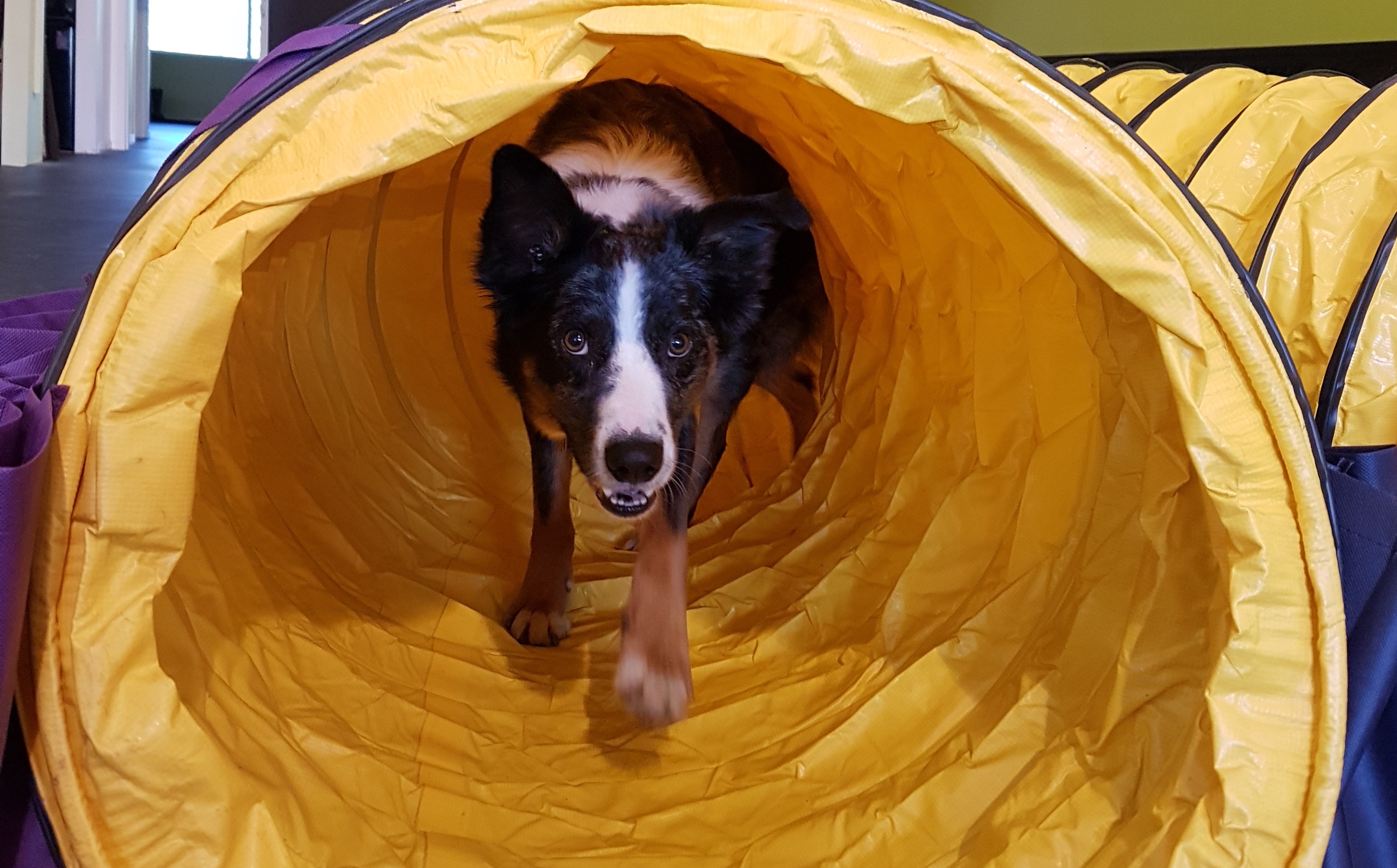
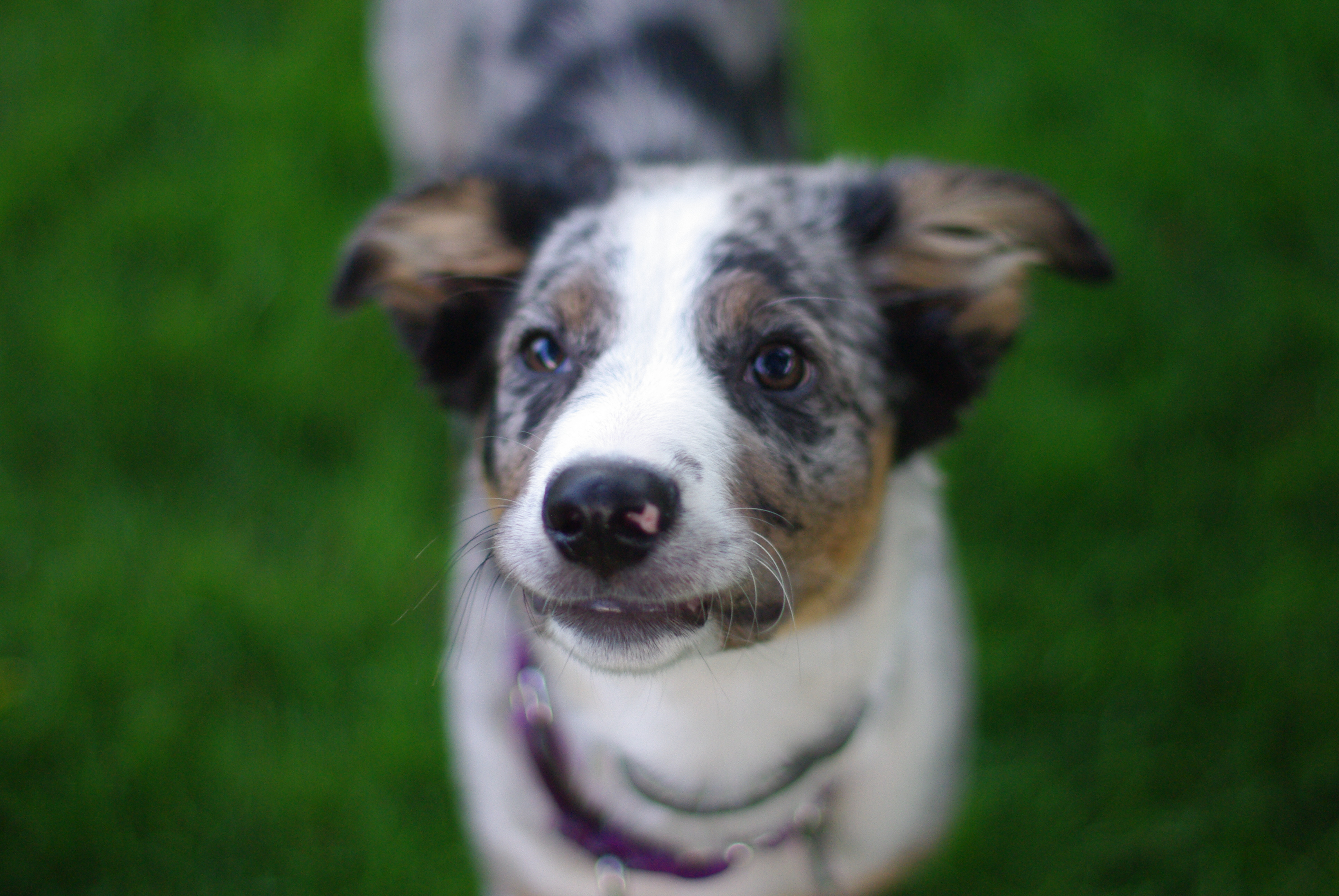 I was out for a walk on the city streets with my elderly dog, Arlo. When I saw someone approaching with a young doodle, I led Arlo up a driveway to wait for them to pass. The owner and I greeted each other briefly, and then she stopped. His owner asked me a question about my dog, and as I answered briefly, the doodle leaned into the leash and oriented his body and wide, excited eyes toward my dog, tail wagging higher and harder. The owner asked if the dogs could meet, and I politely declined. We said our goodbyes, and as she dragged her dog away he gurgled a bark through the pressure on his collar.
I was out for a walk on the city streets with my elderly dog, Arlo. When I saw someone approaching with a young doodle, I led Arlo up a driveway to wait for them to pass. The owner and I greeted each other briefly, and then she stopped. His owner asked me a question about my dog, and as I answered briefly, the doodle leaned into the leash and oriented his body and wide, excited eyes toward my dog, tail wagging higher and harder. The owner asked if the dogs could meet, and I politely declined. We said our goodbyes, and as she dragged her dog away he gurgled a bark through the pressure on his collar. 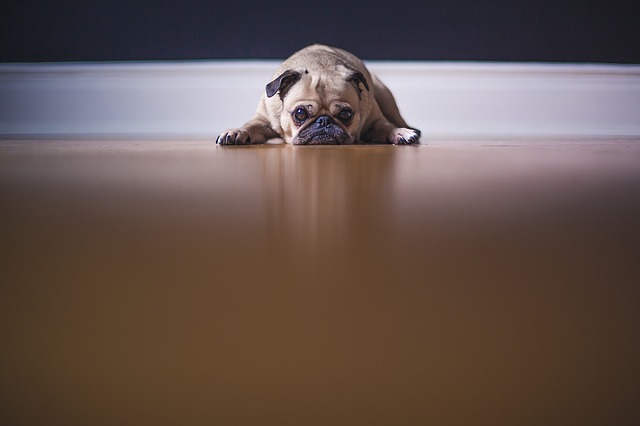 How often do you think “My dog is so stubborn!”? Or maybe you hear that from friends and family. Usually we describe dogs as being “stubborn” when things don’t go our way or the dog doesn’t immediately do what we want him to do.
How often do you think “My dog is so stubborn!”? Or maybe you hear that from friends and family. Usually we describe dogs as being “stubborn” when things don’t go our way or the dog doesn’t immediately do what we want him to do.